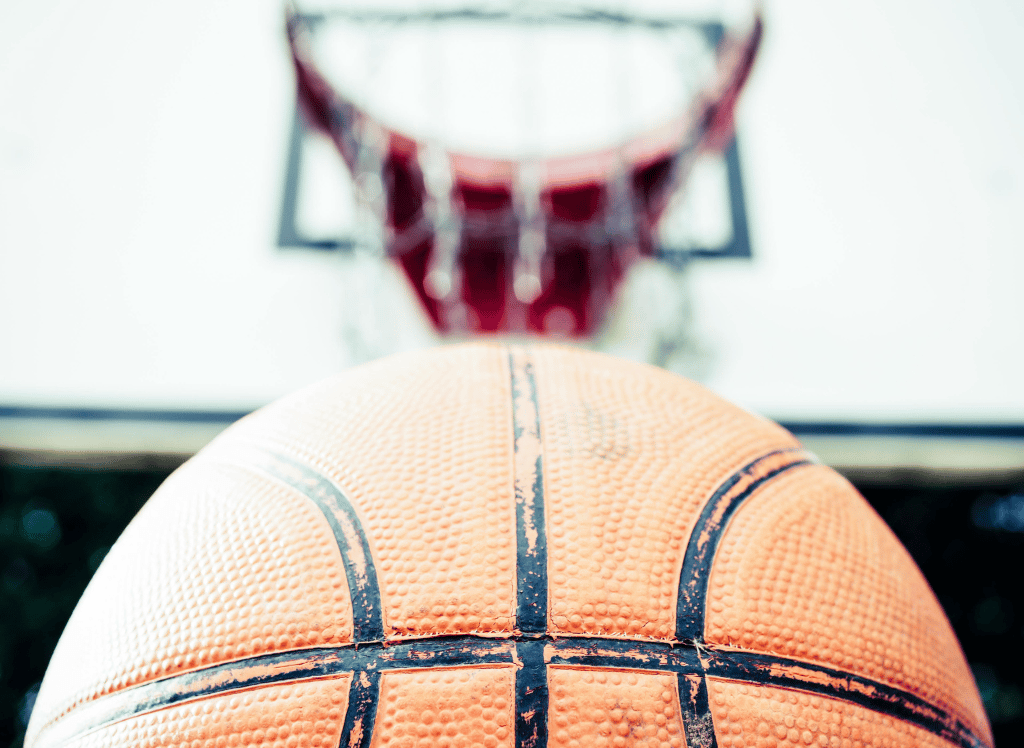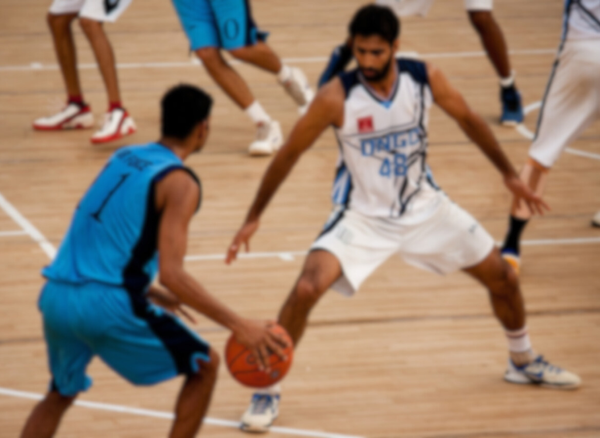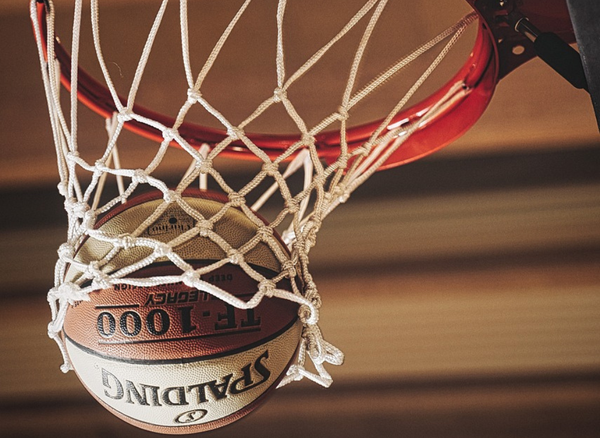Basketball is a game filled with slam dunks, buzzer beaters, and yes, the not so glamorous: free throws. While they might not get the crowd on their feet like an alley oop dunk, free throws are crucial and can often decide the outcome of the game. Let's dive into the rules of free throws, but let's keep it light – no one needs to feel like they're studying for a law exam!
What Exactly is a Free Throw?
A free throw is a shot taken from the foul line, and it's a chance to score a point unopposed. The opportunity arises typically after a foul is committed by the opposing team.
The free throw shooter stands alone at the foul line, which is 15 feet from the backboard. This shot is worth one point, and depending on the situation, the shooter might get one, two, or even three shots.
When are Free Throws Awarded?
Free throws are awarded primarily after a personal foul or a technical foul. In the case of personal fouls, if the player is in the act of shooting, they get as many free throws as the point attempt (up to three if they were shooting beyond the three-point line). If the foul occurs and the field goal shot is made (And-1) concurrently, one additional free throw is given. However, if the foul is not during a shooting attempt, the rules get a bit more complex, involving team fouls and penalty situations.
Player Positions and during Free Throws
During a free throw, players from both the offensive team and the defensive team have specific positions they must occupy. Up to four defensive players (for most league rules) can stand along the lane lines, while only two offensive players can take their positions on the lane spaces adjacent to the basket. The remaining players must stand behind the three-point line and the free throw line extended, ensuring they don't cross until the ball touches the rim.
If a defensive player crosses the line too early, it can result in a lane violation, awarding another shot to the shooter if there was a missed free throw. If a player from the offensive team has a lane violation; it can lead to the cancellation of a successful free throw shot.
Special Free Throw Rules
In the world of basketball, not all fouls are created equal. Technical fouls, flagrant fouls, and unsportsmanlike conduct can all result in free throws, often accompanied by possession of the ball. For instance, a technical foul typically results in one free throw attempt and possession awarded to the team that was offended.
Flagrant fouls, on the other hand, give the offended team two free throws and possession of the ball. These fouls are severe and involve excessive or violent contact, and the rules ensure that the punishment is stern enough to discourage such behavior.
Overtime and Free Throws
In the nail-biting moments of an overtime period, free throws become even more critical. The rules remain consistent with the regulation periods, but the pressure certainly doesn't. Each free throw can tilt the game, making the mastery of free throw shooting and understanding the rules surrounding it crucial for teams aiming for victory.
Endgame Free Throw Strategies
As the clock winds down, especially in the last two minutes of the fourth period or an overtime period, teams often use fouls strategically, like the Hack a Shaq. The idea is to stop the clock and hope for missed free throws, allowing the fouling team a chance to regain possession and score. This strategy turns the free throw line into a battleground where nerves and precision play out in full force.
Basketball Free Throw Rules FAQ
Let's grab your basketball goggles and get ready to learn more about free throws with our frequently asked questions.
What happens if a free throw shooter commits a line violation?
If the free throw shooter steps over the line before the ball touches the rim, it's a free throw violation.
Can a player be substituted during free throw attempts?
Yes, player substitutions can be made before any free throw attempt; during a dead ball.
Can the other team score points during free throws?
No, only the shooter can score during a free throw attempt.
Is there a rule against jumping on free throws?
There is no specific rule against jumping on free throws, but players are not allowed to cross the foul line or enter the lane until the ball touches the rim.
Summary
Free throws might seem straightforward, but they come with a host of rules and strategies that can influence the outcome of a basketball game. From understanding when free throws are awarded to knowing player positions during these shots, learning the basic rules can provide teams with a critical advantage. Remember every point counts, and often, games are won or lost at the free throw line.









